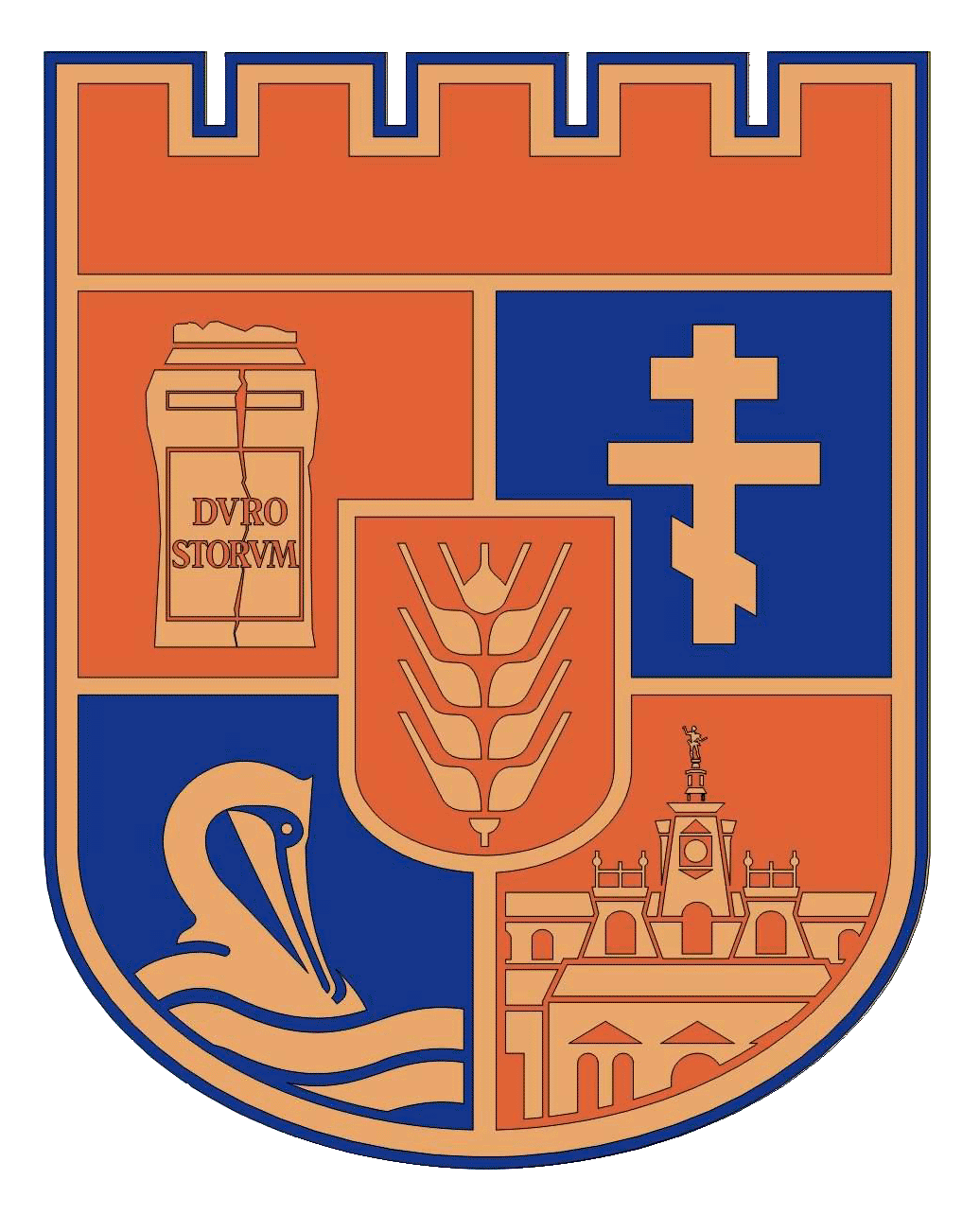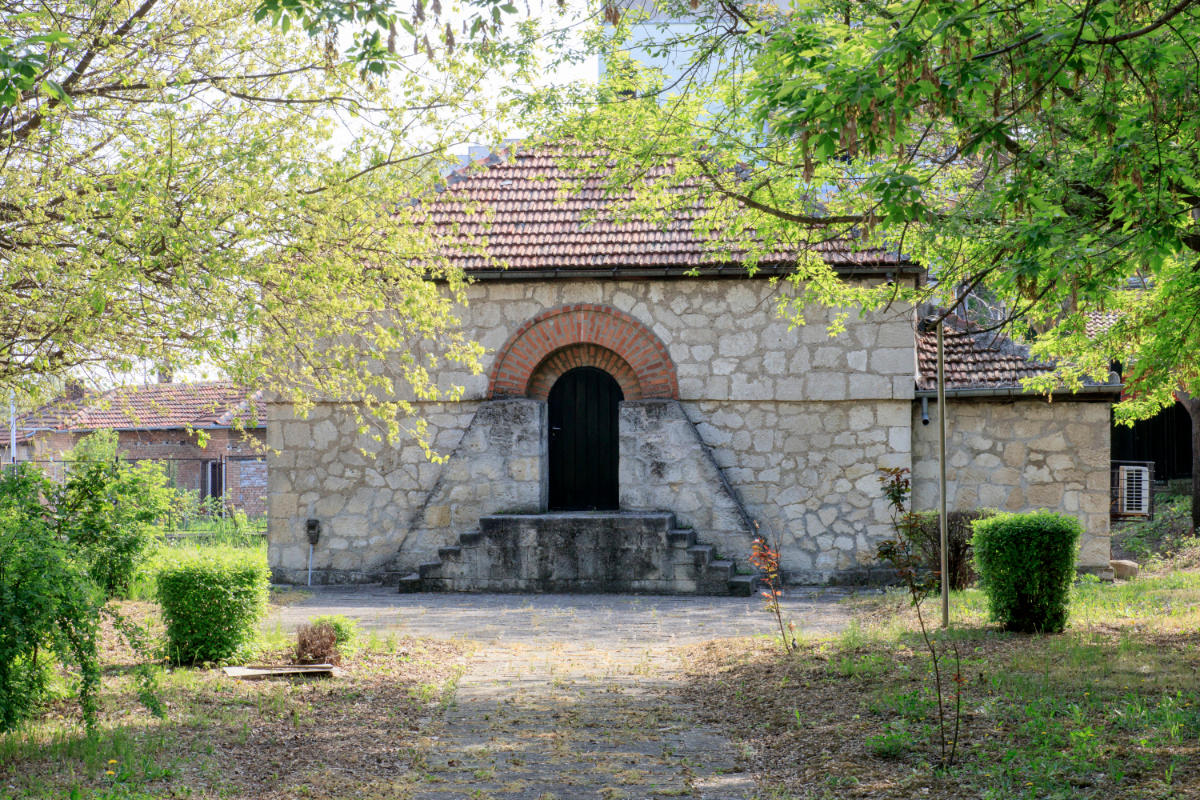Roman tomb in Silistra
Category OtherLOCATION
Roman tomb in Silistra is located near the central part of the city of Silistra. The town is 429 km away from the capital Sofia. There is a bus three times a day leaving from the Sofia Central Bus Station to Silistra, as well as a train three times a day from the Sofia Central Railway Station.
DESCRIPTION
The Roman tomb in Silistra dates back to the middle of the 4th century. It is known for its rich frescoes (geometric, animal and human figures, hunting scenes, the married masters couple and their servants), probably made by an Egyptian or Syrian artist. The tomb is a one-chamber vaulted stone building with an entrance from the east and measures 3.3 m x 2.60 m x 2.30 m. It was discovered in 1942 and nowadays it is placed in a special protected building.
HISTORY
The Silistra tomb is unique in that all its walls and the ceiling are painted.
The tomb is rectangular (3,30 x 2,60 m) and 2,30 m high. The entrance is from the eastern short side (flanked by two tall candlesticks), while on the opposite western there are portraits of a man and a woman. This is the master lying in the tomb and his beloved wife beside him. On both sides, there is one maid, each looking at her masters. The one on the left carries a water jug and a patera. The maid on the right carries a towel. On the north and south sides of the tomb there are three panels, two with female servants and four male servants. On the left, the first maid, who is younger than the other, carries a box of sweet oils, and the one across her shows a large mirror in her right hand.[1]
There are two male couples who wear their master's clothes. The first servant on the left (on the northern wall) wears his master's trousers, and the one accross him (the southern) the tunic of the deceased man. The second servant on the left has raised the chlamade (outer garment) with a large gold filament (brooch-fastener). Against him is the last servant with his master's belt. Above the masters there are two painted peacocks, which drink water from an expensive vessel. It seems to symbolize the pair's aristocratic nature and the beauty of their lived world. The hollow ceiling is divided into 63 squares with octagons in them. Each of these framed fields is painted with the most beautiful and exotic plants and animals, and in four of them a young hunter is depicted.
The decoration of the ceiling seems to want to take us to the alien world dreamed by all people. Between the wall panels and the ceiling, the unknown artist painted an architrave, perhaps to distinguish the earthly world from the hereafter. This world masterpiece of art dates back shortly after the reign of Constantine the Great (306-337), probably during the time of his heir sons.[2]
SITE SIGNIFICANCE
The Silistra tomb is unique in that, unlike other tombs, all its walls and the ceiling are fully painted. They are among the most famous, most researched and most discussed monuments of late antique art in Bulgaria and the Balkans. At the same time, it is the most famous antique monument of Durostorum-Silistra in Bulgaria and abroad. It is considered an emblematic creation of the late antiquity civilization from the middle of the 4th century and is included in all encyclopedias and monographs devoted to the late antique art. It is therefore included in the list of cultural monuments of national importance.
VISITOR INFORMATION
The Roman tomb can be visited by prior arrangement at tel .: 086/822 154 and 086/822 075. The entrance fee is 10.00 BGN Not accessible for disabled people. Parking in the surrounding streets is permitted. There is no audio guide. Photographing inside the tomb is forbidden.
OTHER INFORMATION
Dimitrov, M. Chichikova. Late Antiquity tomb at Silistra. Sofia 1986.
G. Atanassov. The Roman tomb in Durostorum-Silistra. Silistra, 2005
G. Atanasov. Late Antiquity Tomb in Durostorum-Silistra and its Master. - Pontica, 40, 2007, p. 447-468
G. Atanasov. The Roman Tomb in Durostorum - Silistra). Silistra, 2012.
SITE CLASSIFICATION
Archaeological site
[1] Trakia-tours.com http://trakia-tours.com/wp/fortresses/%d0%b5%d0%bb%d0%b8%d1%82%d1%8a%d1%82-%d0%bd%d0%b0-%d0%b4%d1%83%d1%80%d0%be%d1%81%d1%82%d0%be%d1%80%d1%83%d0%bc/
[2] <https://numizma.com/magazine/%D1%81%D0%B8%D0%BB%D0%B8%D1%81%D1%82%D1%80%D0%B0-%D1%80%D0%B8%D0%BC/> (24.04.2018)




